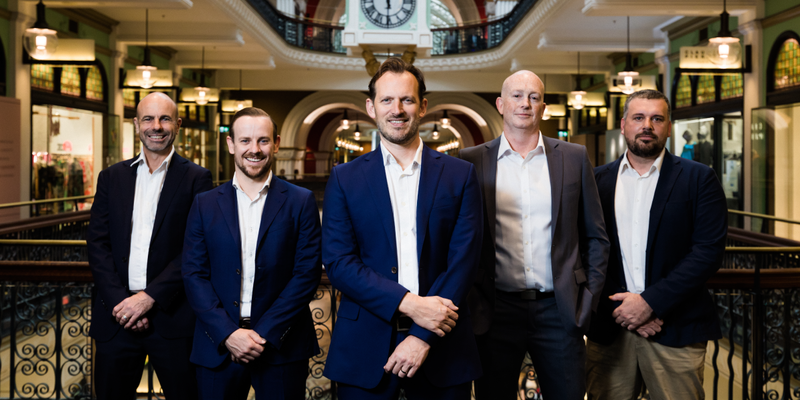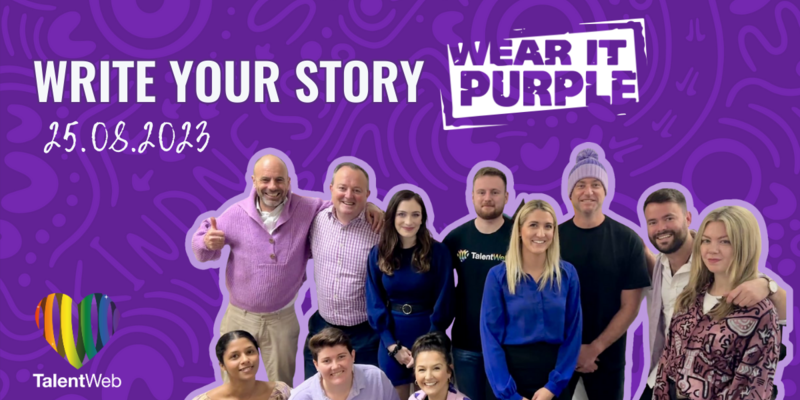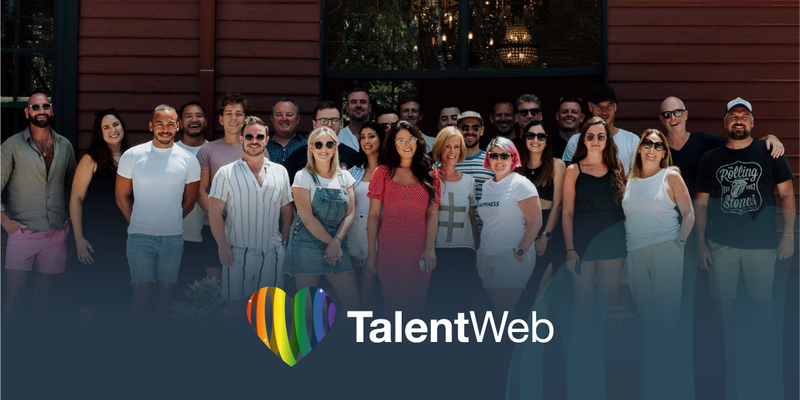
January 8, 2024
In this blog, I will walk you through what I have been seeing in the job market so far this year and offer some tips to help inform your hiring strategy.
Software and Soft Skills are in High Demand
The greatest takeaway thus far this year is the demand for technical skills and client experience. In addition to technical skills in digital modelling (12D, Revit, BIM etc.) it seems that client-facing and soft skills are more in demand than ever, likely due to the increasing project load being faced by consultancies and the need for less experienced employees having to interact with clients.
At the intermediate level, candidates with digital modelling software requirements like 12D, Revit, and Civil 3D remain the most difficult to source. In particular, Civil Designers with 12D experience in urban development projects and Structural Revit Modellers with experience in mid and high-rise buildings are proving especially challenging to find.
At the middle management level, candidates with 7-15 years of experience who possess client-facing and business development skills have become scarce commodities across both civil and structural engineering.
Candidates are Gaining on Counter-Offers
Based on some examples we’ve seen in the market recently, candidates are gaining anywhere between $15k-$30k on their existing packages, once all is said and done following an initial offer, the counter and any additional negotiation that might take place with a new employer. Although such gains are unsustainable in the long term and should be expected to cool off, this is where the market is at the moment.
Being open about the prospect of a counter-offer at the start of the process is key. If the candidate hasn’t asked about a promotion, a salary increase or voiced their concerns with their current employer, then we will always advise them to do this before entering into recruitment dialogue with a prospective new employer.
For prospective hiring managers, it is important to remember that we are now in a candidate’s market – candidates should essentially – and in part, expect to – be wooed and have the red carpet rolled out for them by employers.
It is important for recruiters to pinpoint the exact pressure points that the candidate is facing so that new employers can tailor their interviews and offers and prevent candidates from being lured back to their existing employer by more money and promises that often don’t eventuate.
Flexible Working, Sustainability and Diversity are Key
According to a recent SEEK survey of engineering candidates in NSW, the ability to work from home or at least have some flexibility in working conditions remains one of the major draw cards for candidates.
A lot of candidates in the built environment are also leaning more toward companies that have, or are looking to implement, policies around climate change and sustainability. Consultancies already working in renewables, environmental science or with initiatives around net zero are much more appealing to candidates than those that aren’t.
Similarly, companies that have a clear policy around diversity and inclusion including gender, LGBTQIA+ and engagement with indigenous communities are also more attractive than those that don’t publicise these types of initiatives or simply don’t have them. Visibility is important! Remember, in the current market, employers are the ones that need to impress candidates.
Renewables and Infrastructure are the Projects of Choice
Renewable energy, sustainability and whole-of-life design are very interesting prospects for candidates to work on and are likely to remain so moving forwards as we try to address the climate disaster.
Both civil and structural engineering candidates remain very keen to work on projects associated with infrastructure, whether that be OSDs for Metro projects or the actual infrastructure itself.
Overseas Candidates Needed
More consultancies of mine are requesting candidates with overseas experience, but there are still a lot of reservations about offering sponsorship or training candidates on Australia-specific software, codes and standards or ways of working that differ from candidates’ home countries.
Consultancies that are concerned about the cost of training or sponsoring a foreign candidate need to ask themselves one question: is it going to cost you more money to put an employee through training and pay for their visa, or to leave a crucial position unfilled for another 6-12 months?
Salaries Remain High for Now, and Into the Near Future
Salaries peaked early last year after the initial shock of lockdown stopped and confidence returned to the built environment sector. Hiring freezes stopped and the battle for talent began, which drove up salaries quickly.
With international borders being closed until recently this also meant the skill shortage was exacerbated, not just for skilled migrants but also with a brain-drain of students to turn into the next generation of graduates. I would expect salaries will still be above pre-COVID levels for another 12-18 months, based on what I’m seeing in the industry.
All of this being said, the rising cost of living and interest rates will surely mean that employers aren’t able to keep increasing salaries and playing the counter offer game as they have been.
Summary
Overall, we have largely seen the trends of the past 12 months continue this year. The job market remains a candidate’s market and employers need to be prepared to meet their demands and expectations to have the best chance at securing top talent.
With an ongoing skills shortage and a talent pool that is more discerning about not only who they work for but what projects they will be taking on in their roles, employers need to put their best foot forward on issues of sustainability, diversity and remote working if they hope to attract leading candidates.
If you’re an employer that is struggling to fill a vacancy, get in touch with one of our team members here at TalentWeb. As one of Sydney and Melbourne’s leaders in engineering recruitment, we have our finger on the pulse of the engineering job market and can help you tailor your hiring strategy to ensure success. Head over to our website to find out more.











